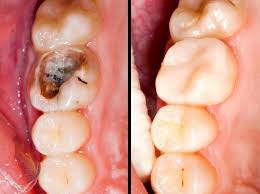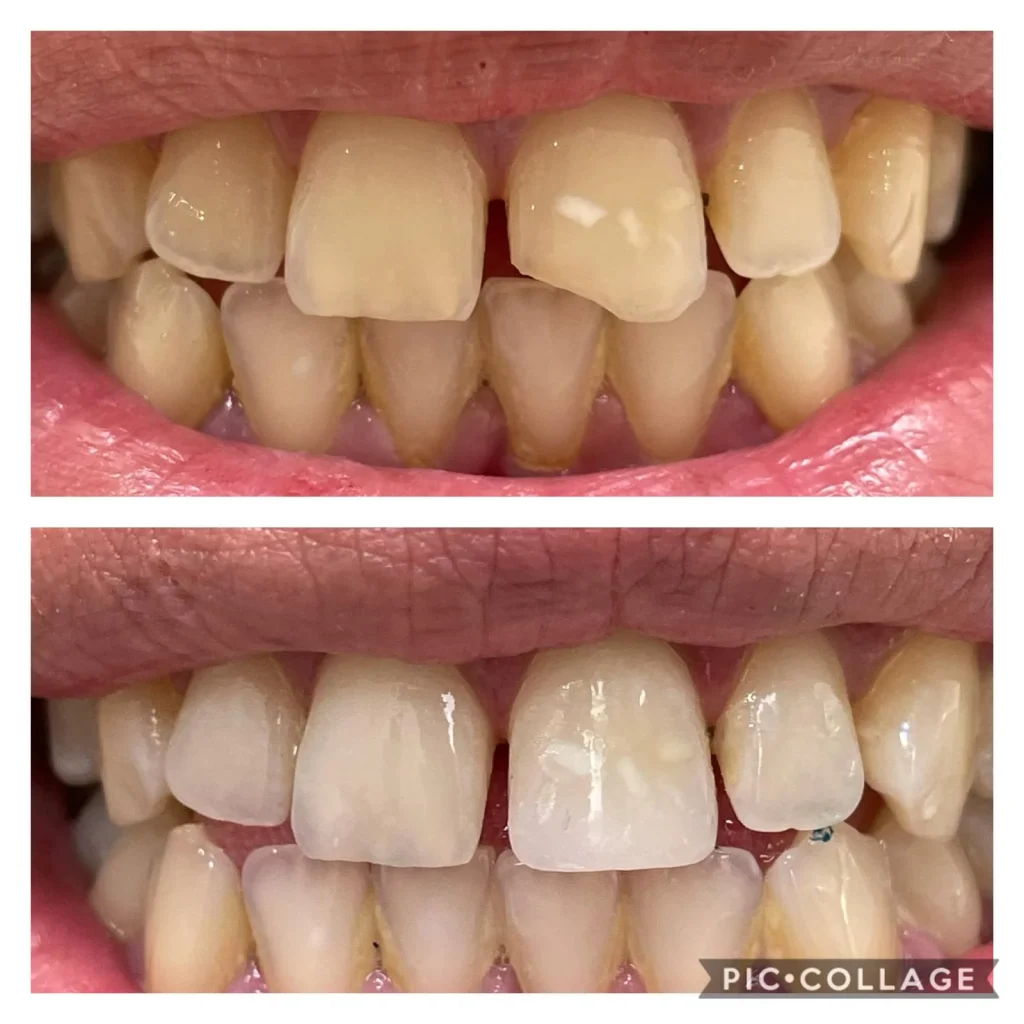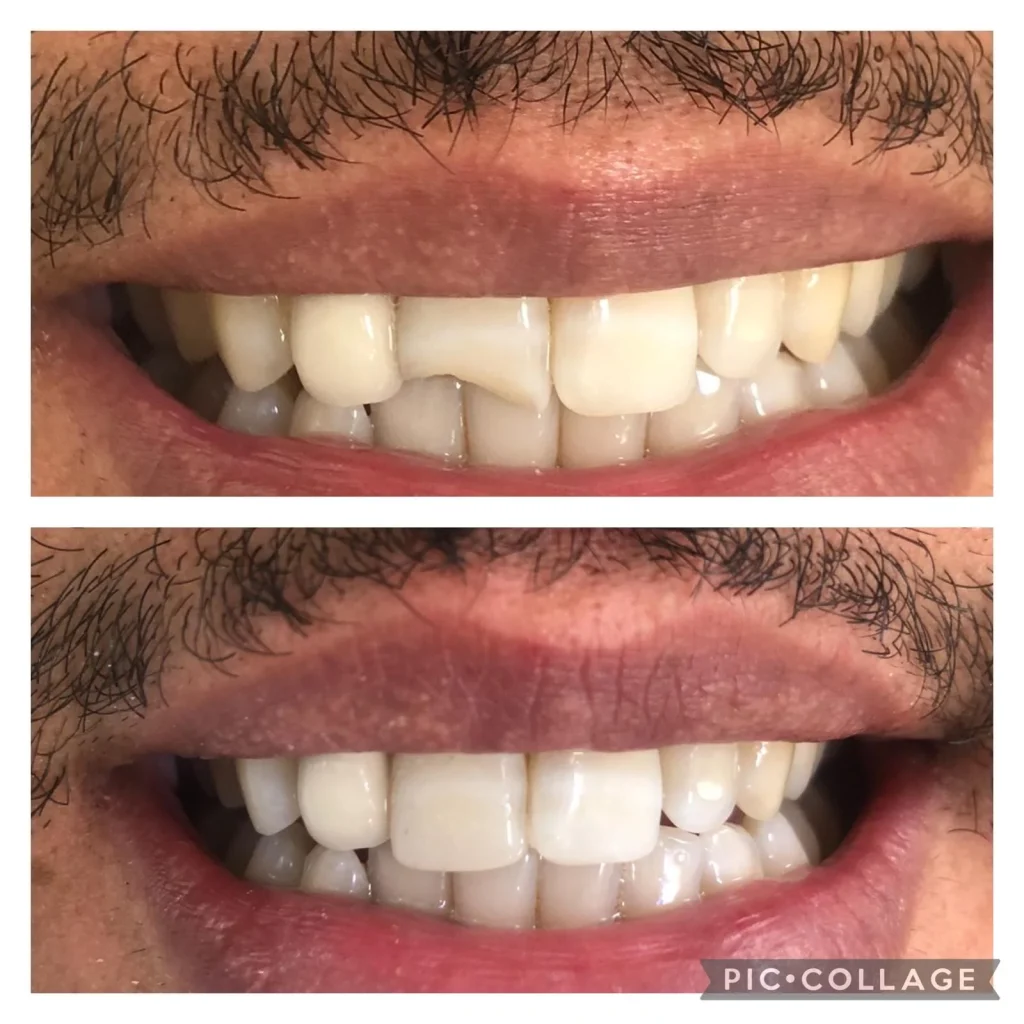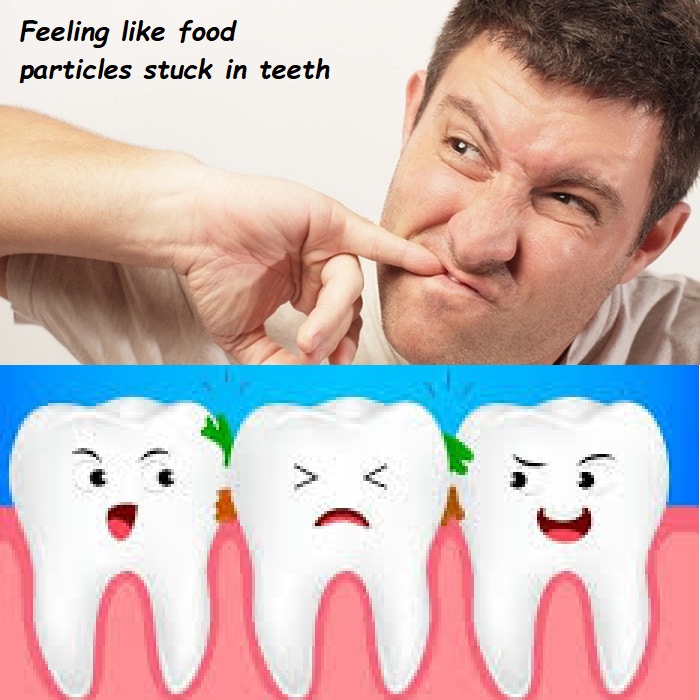how long does it take for the numbness to go away after a filling

Dental fillings are a common procedure, and many patients experience numbness afterward due to the local anesthetic used during the process. Understanding how long this numbness lasts is crucial for patient comfort and to alleviate any concerns. This comprehensive guide will explore the factors affecting the duration of numbness, tips for managing it, and what to expect during the recovery process.
What Causes Numbness After a Dental Filling?
The primary cause of numbness after a dental filling is the local anesthetic administered by the dentist to ensure a painless procedure. Local anesthetics, such as lidocaine, block nerve signals in the affected area, preventing the sensation of pain. While the benefits are clear—allowing dentists to perform necessary work without causing discomfort—the downside is temporary numbness.
Types of Local Anesthetics Used in Dental Fillings
Different types of local anesthetics can affect the duration of numbness. Commonly used anesthetics include:
- Lidocaine: One of the most commonly used anesthetics, lidocaine typically lasts for about 1 to 2 hours.
- Articaine: Known for its quick onset and effectiveness, articaine’s effects can last from 2 to 4 hours.
- Mepivacaine: This anesthetic has a slightly longer duration, lasting from 2 to 3 hours.
- Bupivacaine: This is a longer-acting anesthetic, which can provide numbness for up to 12 hours.
How Long Does It Take for the Numbness to Go Away After a Filling?
On average, the numbness from a dental filling can last anywhere from 1 to 4 hours. However, several factors can influence this duration, including:
- Type of Anesthetic Used: As mentioned, different anesthetics have varying durations.
- Dosage: Higher doses can result in prolonged numbness.
- Individual Metabolism: People metabolize anesthetics at different rates, affecting how long the numbness lasts.
- Area Treated: Numbness in areas with more extensive nerve networks, such as the lower jaw, may last longer than in the upper jaw.
- Procedure Complexity: More complex fillings or additional procedures may require more anesthetic, extending the duration of numbness.
Managing Numbness After a Dental Filling
Understanding how to manage numbness after a dental filling can help reduce discomfort and avoid potential complications. Here are some tips:
- Be Patient: The numbness will wear off naturally, so give it time. Trying to speed up the process can lead to unintended consequences.
- Avoid Eating or Drinking Immediately: Consuming food or beverages while numb can result in accidental bites or burns, as you may not feel the temperature or texture correctly.
- Monitor Children Closely: If a child has received a filling, keep a close eye on them to ensure they do not bite their lips, cheeks, or tongue while numb.
- Stay Hydrated: Drinking water can help flush the anesthetic out of your system more quickly, although it should be done carefully to avoid choking or aspiration.
- Gentle Movement: Light physical activity, such as walking, can help increase blood circulation and potentially shorten the duration of numbness.
- Warm Compress: Applying a warm compress to the affected area may help increase blood flow and promote quicker metabolism of the anesthetic.
Potential Complications and When to Seek Help
While temporary numbness is normal, there are instances where prolonged or unusual symptoms may indicate complications. If you experience any of the following, contact your dentist:
- Numbness Lasting More Than 8 Hours: If the numbness persists beyond this time frame, it could indicate nerve damage or an allergic reaction to the anesthetic.
- Severe Pain or Swelling: Excessive pain or swelling could suggest an infection or adverse reaction.
- Fever or Chills: These symptoms could indicate an infection and require immediate attention.
- Difficulty Breathing or Swallowing: These severe symptoms may signal a serious allergic reaction and necessitate emergency medical care.
Understanding the Recovery Process
After a dental filling, understanding the recovery process can help you manage expectations and take appropriate care. Here is a general timeline of what to expect:
- First Few Hours: Numbness will be at its peak immediately after the procedure. Avoid eating, drinking, or speaking excessively to prevent accidental injuries.
- 4 to 6 Hours Post-Procedure: The numbness should start to subside. You may begin to feel a tingling sensation as the anesthetic wears off.
- 6 to 8 Hours Post-Procedure: Most of the numbness should be gone. If you still experience significant numbness, monitor it closely and consult your dentist if it persists.
- 24 Hours Post-Procedure: By this time, all numbness should have resolved. If you still feel numb, contact your dentist for an evaluation.
Tips for a Smooth Recovery
To ensure a smooth recovery after a dental filling, consider the following tips:
- Follow Post-Procedure Instructions: Your dentist will provide specific instructions tailored to your situation. Follow these closely to avoid complications.
- Maintain Oral Hygiene: Continue brushing and flossing your teeth, but be gentle around the treated area to avoid irritation.
- Avoid Hard or Sticky Foods: These can dislodge the filling or cause discomfort. Stick to soft foods for the first day or two.
- Use Pain Relief if Necessary: Over-the-counter pain relievers, such as ibuprofen or acetaminophen, can help manage any residual discomfort.
- Monitor for Allergic Reactions: Be aware of any signs of an allergic reaction to the anesthetic, such as rash, itching, or difficulty breathing, and seek medical help if they occur.
When to Resume Normal Activities
Most patients can resume normal activities shortly after a dental filling, but there are a few considerations to keep in mind:
- Eating and Drinking: Wait until the numbness completely wears off to avoid accidental injuries. Start with soft foods and gradually reintroduce harder foods as you feel comfortable.
- Physical Activity: Light physical activity is generally safe, but avoid strenuous exercise for the first 24 hours to allow your body to recover.
- Work and School: Most people can return to work or school immediately after a filling. If you feel particularly tired or uncomfortable, taking a short rest might be beneficial.
Conclusion
Understanding how long it takes for the numbness to go away after a filling can help you prepare for the recovery process and manage any discomfort. On average, numbness lasts between 1 to 4 hours, but this can vary based on several factors, including the type of anesthetic used, dosage, individual metabolism, the area treated, and the complexity of the procedure.
By following post-procedure care instructions, being patient, and monitoring for any unusual symptoms, you can ensure a smooth recovery and minimize potential complications. If you experience prolonged numbness or any severe symptoms, contact your dentist immediately for further evaluation and guidance.
Remember, the temporary numbness is a small price to pay for a painless and effective dental treatment, ensuring your oral health remains in top condition.









